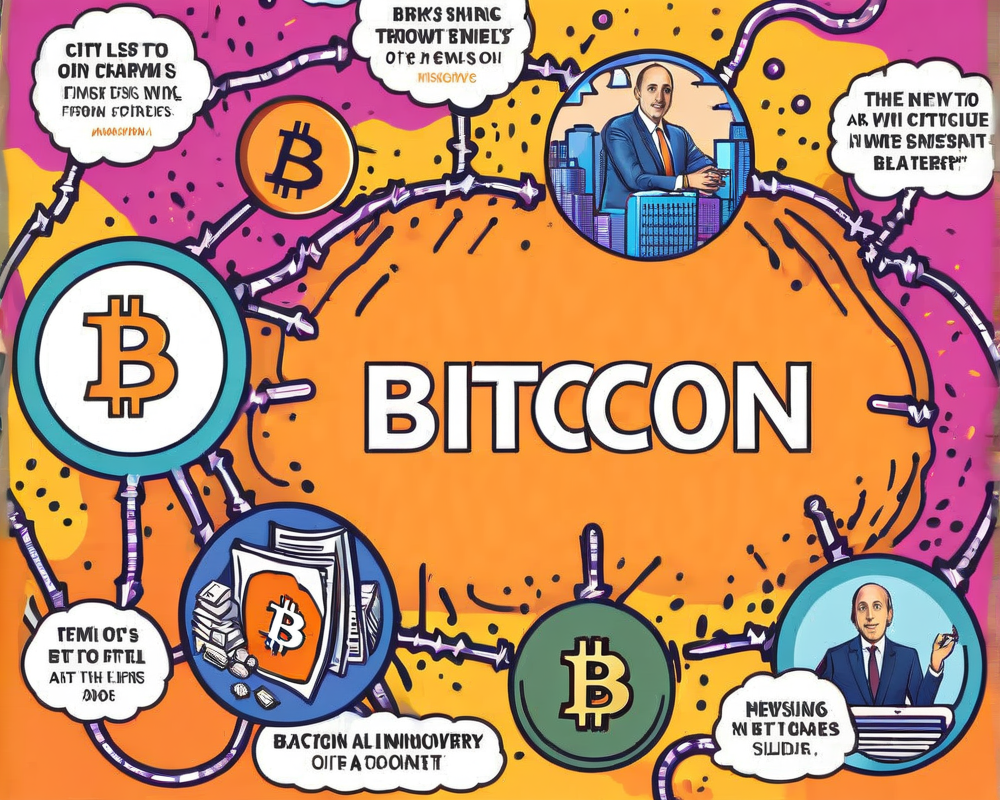The Quagmire of Digital Rights Management
Digital Rights Management, often called DRM, is like trying to keep a toddler away from cookies—an exercise in futility. In the digital realm, content such as movies, music, and images are replicated with the ease of flicking a light switch. Platforms that act as intermediaries capitalize on this replication, forming economic moats and various control mechanisms to guard their goodies like a dragon hoarding treasure.
The Intermediary Trap
Web 2.0 has crafted a system where a slew of passwords and permissions swim together in the murky waters of user authentication. Unfortunately, these systems are not just cumbersome; they also provide ample opportunities for exploitation. As hackers get creative, DRM becomes an ever-more complex puzzle to solve.
Welcoming Web 3.0: A Digital Revolution
Enter stage left: Web 3.0. This is the shining knight in decentralized armor, challenging the traditional platform dynamics of Web 2.0. With a focus on trust and ownership as paramount principles, Web 3.0 provides a refreshing dose of innovation. Content owners can now interact in a marketplace that, thanks to blockchain technology, promises greater transparency and security.
Decentralized Design & Economic Incentives
Imagine a world where you’re not tethered to a single platform. In a decentralized landscape, content creators are more autonomous, enjoying an economic structure that rewards participation and engagement. However, this shift raises questions: how do we effectively manage digital rights within this decentralized environment?
Revising Digital Rights Management
As we explore the capabilities of blockchain, the concept of DRM must be reimagined. It’s no longer just about preventing copy and paste actions; we must weave in threads of ownership, licensing, and rights into the fabric of our digital assets.
Layering the Solution
Blockchain can provide a two-layered approach—a robust layer one to ensure systemic integrity and a layer two for additional applications. Think of it as building a stylish two-story house on a solid foundation. Just as homeowners want to establish property rights, digital creators need a solid framework to claim their assets through things like NFTs.
The Need for a New Model
Existing token frameworks serve as stepping stones, but they don’t offer the comprehensive support needed for effective DRM. We need a multitoken model to handle claims and access—think of this as assembling a superhero team of identity, licensing, and attribution tokens to battle against digital thieves.
Empowering Decentralized Information Assets (DIA)
My journey delved deeper into innovative teams wrestling with this very issue through the lens of Decentralized Information Assets (DIA). Collaborating with a passionate team highlighted the diversity of market data and its importance, painting a vivid picture of the shifting landscape thanks to blockchain.
Conclusion: A Call to Innovate
Innovation is critical to navigating the complex world of DRM within blockchain. A creative approach, like utilizing Autonomous Right Tokens, can offer profound changes to how we access, track, and license digital content. Remember, the journey toward effective digital rights management is not just a destination; it’s the fun (and sometimes frustrating) road trip we all take together.




